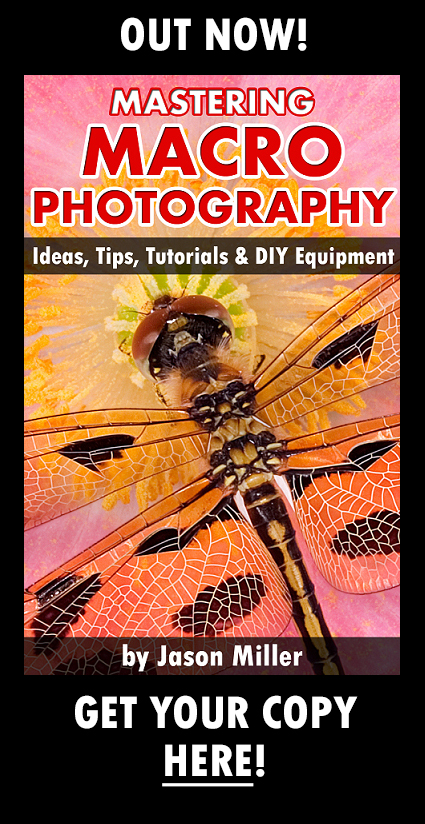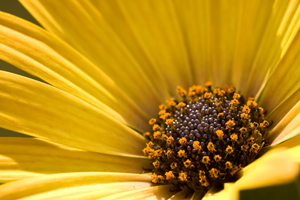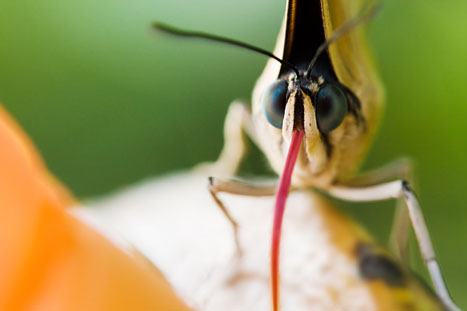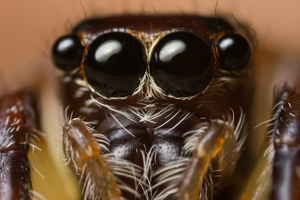Macro Photography Ideas- Thinking Outside the Flower Box
By: Annette Osborn
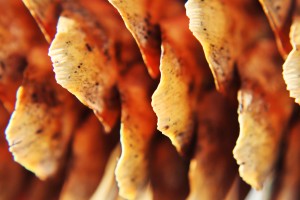
Macro Pine Cone (Spencer Crest Nature Center)
When I walked out my front door this morning, the feeling in the air was undeniable. School had started and a nippy breeze caressed my face. Here in New England, the hills are in the early stages of the color explosion that will be Autumn. As I stood on my front porch and took a deep breath, I heard something that filled me with dread. Well, I should say that what I didn’t hear filled with dread…………. No bees,…… no flies,… no flying things,.. no buzzing or clicking or chirping of any creature under the size of bird ANYWHERE.
I looked into my flower gardens and surveyed the pitiful remains of what had been my colorful subject matter of many a macro photograph this past season. Years ago I would have begun to panic, knowing that except for buying some cut flowers or looking for some form of insect that had decided to use my home as a winter habitat, that there would be little to take macro pictures of until my home was graced once again by Spring.
Now, after decades of loving all things macro, I have been able to identify countless things to take macro shots of around my home in any season. I also regularly use places in my community that allow me to continue practicing my obsession, I mean hobby. Many of the destinations described in this article are likely to be found in or near almost everyone’s community.
1. The Butterfly Conservatory
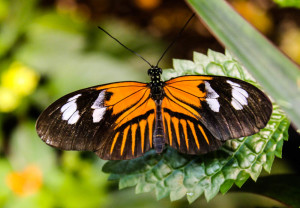
Butterfly (Rochester Butterfly Garden)
A butterfly conservatory is just what you might think. It is usually a large greenhouse type building that is licensed by the Department of Environmental Conservation to keep and breed rare and exotic butterflies. They are often attached to botanical gardens or zoos. Not only do these facilities house all manner of butterflies but they also contain the butterfly’s’ food sources of exotic flowers, succulents, and orchids, just to name a few. A butterfly conservatory is a “no brainer” of macro photography opportunities. No macro photography portfolio is complete until you have a nice close up of butterfly eyeballs.
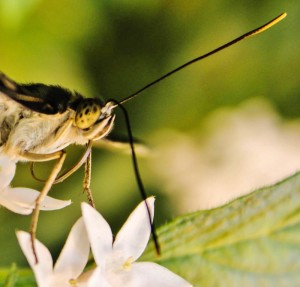 Butterfly Eye (Rochester Butterfly Garden) |
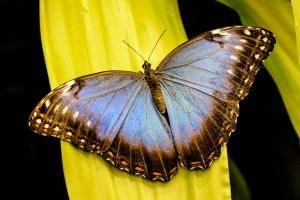 The Iconic Blue Morpho Butterfly (Rochester Butterfly Garden) |
2. Zoos
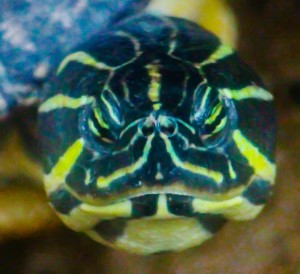
Annoyed Turtle (Cincinnati Zoo)
Of course photography at zoos is a standard of practice for every photographer, amateur and professional. The macro photographer can also find areas of every zoo that are treasure troves of macro photography opportunities. Many zoos have rain forest exhibits with exotic flowers, and yes, bugs, that are easily accessible to the macro photographer. Most zoos also have extensive gardens between exhibits that offer a wealth of macro photography possibilities at all times of year. There is so much to see and shoot in a zoo that you really have endless opportunities if you use your imagination. I have also found that zoos often have petting zoos for families that allow you to get up close and personal with some of the animals. If you are prepared for a little goat spit on your equipment, you might get a lovely macro shot of a goat’s funky eyeball for your portfolio.
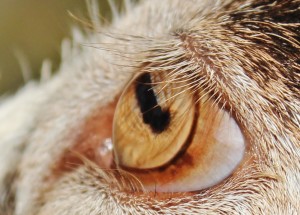 Goat Eyeball (Cincinnati Zoo) |
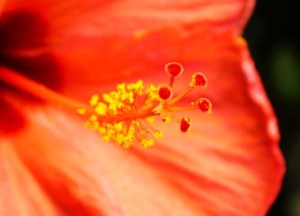 Hibiscus (Cincinnati Botanical Gardens) |
3. “Hands on” Museums, Children’s Museums, Science Museums
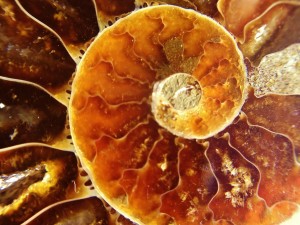
Brachiopod Fossil (Sencer Crest Nature Center)
Of course the fine art museums that we all think about; with elegantly dressed visitors walking slowly past roped off exhibits and making quiet exclamations of “how marvelous” and “oh my just stunning”, probably don’t offer a great wealth of shooting opportunities for the macro photographer. However, the “Hands on” or Childrens museums offer unending chances. There is nothing quiet or aristocratic about these places. Kids running hither and yon and making as much noise as possible are trademarks of these macro rich environments. People are encouraged to manipulate and explore in these institutions. Sand, feathers, fossils, minerals, crystals, textiles, water, (and other liquids), rocks, and just about any other materials that can be manipulated by little hands to stimulate little brains can be found here. My local “Rochester Museum of Play” also houses the “Butterfly Garden” butterfly conservatory, so I have hours of shooting opportunities as well as a family outing for my children. If you don’t have children to take to these places, borrow a friend’s kids. You can take a picture of the kids’ eyeballs before you return them to their home. (You wondered how I was going to fit an eyeball reference in there, didn’t you?)
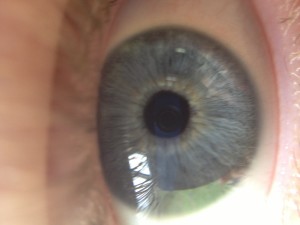 As Promised: A Kid’s Eyeball |
 Amethyst Geode Crystals |
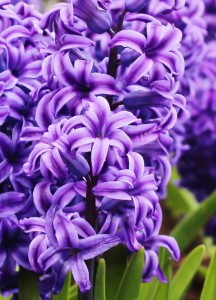
Lilac Garden (Rochester Botanical Gardens)
A simple search for the above mentioned organizations in your closest urban area should yield plenty of results. Most of the places that I visit are about 100 miles away, and that is OK with me. I live in a very pastoral, rural area. The disadvantage being that it is somewhat of a cultural wasteland, requiring some travel to find zoos, museums, etc. I find that it is worth every minute of travel. Although I often explore many of these locations during the cold seasons, they can be used at any time of year. If you are able to free your mind and look past the “bug and blossom” fixation, you will be amazed at the things you will discover that make ideal macro photography subjects. Please always be aware of safety and photography policies and other rules of certain organizations. Many places that house animal subjects, for example, do not allow additional lighting or flashes aimed at their animals. Also, many locations that are geared for children, such as children science centers or play museums, do not allow adults that are not with children. Becoming educated regarding potential shooting sites will help you prepare for your visit and avoid disappointment.
Hopefully the ideas I have presented can help to soothe the macro photographer’s anxiety when facing the upcoming winter season. A lack of flowers and bugs in our yards need not put an end to our passion. With a little imagination and research, every community offers chances for the macro photographer to take wonderful shots. Before long, we’ll be listening each morning for the long awaited hum of insects in the air and looking with anticipation for the first buds and blossoms of the spring. Until then, enjoy everything that each season, and each community, has to offer.
Macro Photography: keeps life in focus!
You may also be interested in the following –
50 Photo Projects – Ideas to Kickstart Your Photography





